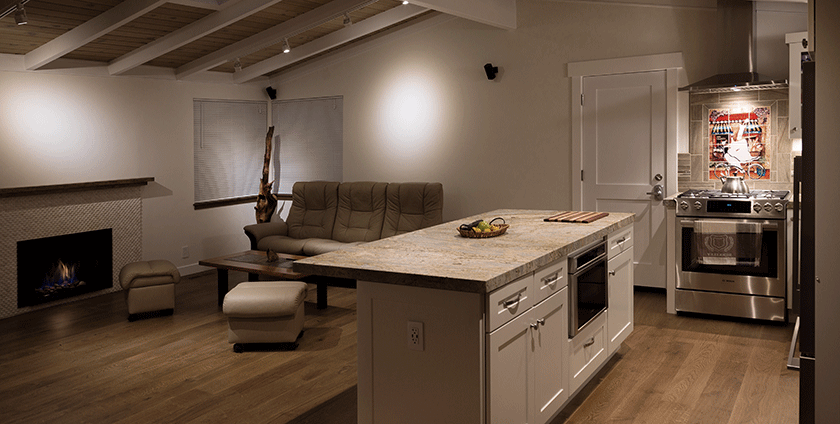
Hardwood floors have an enduring appeal, offering timeless beauty and unmatched durability. When it comes to installing hardwood flooring, several techniques are at your disposal, each with its unique advantages and considerations. In this article, we’ll explore the three primary installation methods – nail-down, glue-down, and floating – and delve into the critical aspects of subfloor preparation and the use of glue-supported nail-down installations.
Nail-Down Installation
Nail-down installation is a classic and widely used method for securing hardwood floors. This technique involves attaching the wood planks directly to the subfloor using nails or staples. It’s a preferred choice when working with solid hardwood because of its exceptional stability and longevity.
To start the nail-down installation, it’s essential to have a proper subfloor in place. Plywood or oriented strand board (OSB) are commonly used materials for subflooring. It’s crucial to ensure the subfloor is level, clean, and free from any imperfections before moving forward with this method.
Nail-down installation offers a solid, firm feel underfoot and reduces the potential for creaking and squeaking that can occur with other installation methods. However, it requires a higher level of skill, as driving the nails or staples in the wrong manner can damage the wood. Moreover, the method can be time-consuming and noisy.
Glue-Down Installation
Glue-down installation is an excellent choice for engineered hardwood flooring, as it provides a strong bond between the wood and the subfloor. This method involves applying adhesive directly to the subfloor and then pressing the hardwood planks into the glue.
Before beginning a glue-down installation, the subfloor should be thoroughly cleaned and smoothed out to create a seamless surface. This method is often used over concrete subfloors, making it suitable for basements and ground-level installations.
One of the key advantages of glue-down installation is its sound-dampening properties. The glue acts as a buffer, reducing the noise that can be transmitted through the floor. It’s also a more forgiving method for subfloors that may have minor irregularities since the glue can help bridge small gaps.
Floating Installation
Floating installation is a versatile method that works well with both solid and engineered hardwood flooring. This technique involves fitting interlocking planks together without attaching them to the subfloor. Instead, the planks are secured to one another, creating a “floating” floor. This is often done over an underlayment, which provides cushioning and moisture protection.
Subfloor preparation for floating installations is vital to ensure a level surface and to address any moisture issues. It’s essential to use a moisture barrier to protect the hardwood from potential water damage.
Floating installations are known for their ease of installation, making them a popular choice for DIY enthusiasts. They can also be installed over existing flooring materials, making them a more cost-effective option in some cases. However, it’s important to note that floating floors may feel less solid underfoot compared to nail-down or glue-down installations.
Glue-Supported Nail-Down Installation
A less common but effective installation method combines elements of both nail-down and glue-down techniques. In glue-supported nail-down installation, adhesive is applied to the groove of each hardwood plank, which is then fitted into the adhesive-covered tongue of the previous plank. Once in place, nails or staples are used to secure the planks to the subfloor.
This approach combines the advantages of a stable nail-down installation with the added bonding strength of adhesive. It is often used with solid hardwood flooring over plywood subfloors. It offers superior stability and reduces the potential for cupping or warping that can occur in certain conditions.
In conclusion, selecting the right hardwood floor installation technique is a critical decision that can impact the longevity and performance of your flooring. Nail-down, glue-down, and floating installations each have their advantages, making them suitable for different circumstances and wood types. Proper subfloor preparation is essential for all methods, and selecting the appropriate subfloor material is crucial to ensure the installation’s success. Additionally, glue-supported nail-down installation combines the best of both worlds, offering a strong and stable installation with added adhesive support. Ultimately, the choice of installation method should align with your specific needs, preferences, and the type of hardwood flooring you plan to install.
- By: prest1ge1hardwoodfloors" >prest1ge1hardwoodfloors
- Category: Blog, Educational
- 0 comment
